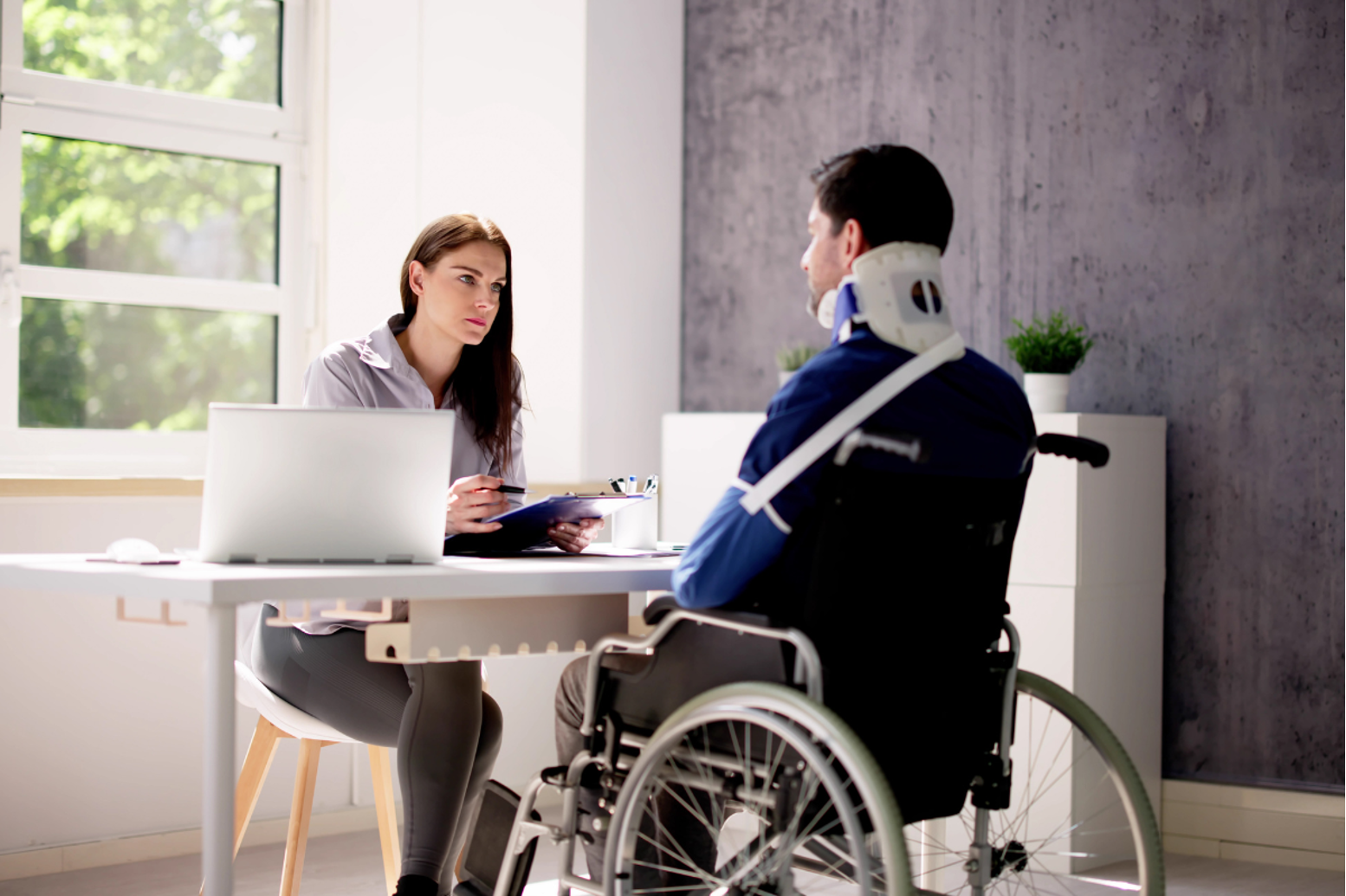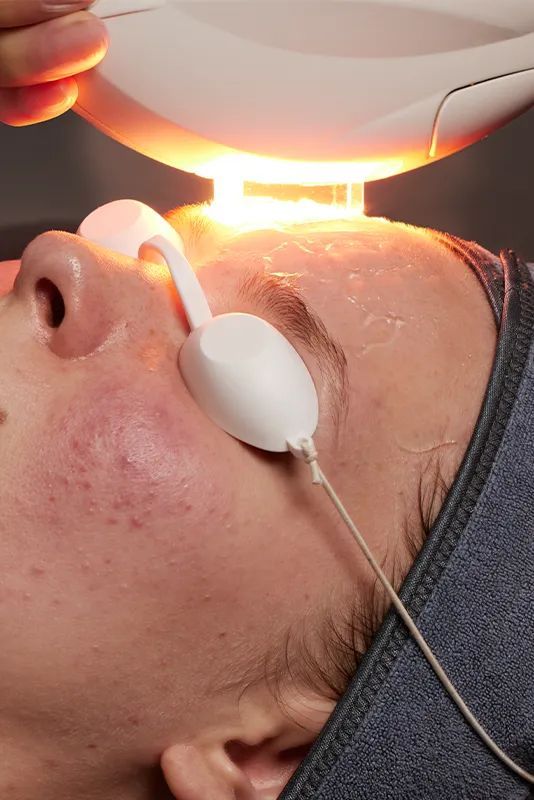
Car accidents are unpredictable and can happen to anyone, no matter how careful a driver may be. The physical, emotional, and financial strain that follows an accident can be overwhelming, especially when it comes to paying for medical treatment or covering lost income. This is where insurance comes into play, not just to protect your vehicle, but also to safeguard your well-being and that of your passengers.
Many drivers are often confused about the different types of coverage offered under auto insurance. One of the most essential yet less understood policies is Personal Injury Protection, also known as PIP. What does PIP stand for, and how does it differ from other coverages like liability insurance? This article will walk you through the essentials every driver should know.
What is PIP?
Personal Injury Protection (PIP) is a type of no-fault auto insurance coverage. This means that regardless of who is at fault in an accident, PIP helps cover certain expenses for the policyholder and their passengers. It typically includes medical bills, lost wages, and other accident-related costs, even if the driver doesn’t have separate health insurance.
What Does PIP Cover?
The exact coverage varies depending on the state you live in, but in general, PIP benefits may include:
- Medical Expenses – Costs for hospital stays, surgery, medication, and rehabilitation following an accident.
- Lost Wages – Compensation if injuries prevent you from working during recovery.
- Disability and Rehabilitation Costs – Financial assistance for ongoing therapy or disability-related needs.
- Death Benefit – A payout to family members in the unfortunate event of a fatal accident.
- Child Care – Coverage for child care expenses if the policyholder is injured and unable to provide care.
This comprehensive protection ensures that drivers and their passengers don’t have to face the burden of sudden expenses after an accident.
What PIP Does Not Cover
While PIP offers broad protection, it does not cover everything. Drivers should be aware of the following exclusions:
- Damage to Your Vehicle – Repairs or replacement for your car are not included.
- Injuries to Others – PIP only applies to you and your passengers, not pedestrians or other drivers.
- Pain and Suffering – Non-economic damages like emotional distress are excluded.
- Intentional Acts – If the accident was caused intentionally, such as driving under the influence, PIP will not apply.
- Expenses Exceeding Coverage Limits – Once you hit the policy’s maximum limit, additional costs must be handled through health insurance or out-of-pocket.
- Property Damage – Damage to another person’s property is not covered.
Understanding these limitations helps drivers avoid confusion when filing claims.
PIP vs. Liability Insurance
Although both PIP and liability insurance are essential, they serve different purposes. PIP is covered to protect the policyholder and their passengers, while liability insurance covers the injuries and damages suffered by others if you’re at fault in an accident.
When it comes to property damage, PIP excludes it, whereas liability insurance covers property damage for the other party involved. Another key difference is that liability insurance is mandatory in all states, while PIP is required in only 16 states. Even if optional, adding PIP to your policy can provide valuable protection.
Conclusion
Personal Injury Protection is more than just an optional add-on; it’s a safety net for you and your passengers when the unexpected happens. By covering medical expenses, lost wages, and even child care, PIP ensures you can focus on recovery instead of worrying about financial strain. While it doesn’t replace liability insurance, it complements it by providing coverage that directly benefits you.
For drivers, knowing the difference between these two forms of insurance and understanding exactly what PIP offers is essential. Whether required by your state or chosen voluntarily, PIP can make a significant difference in protecting both your health and your financial stability after an accident.




